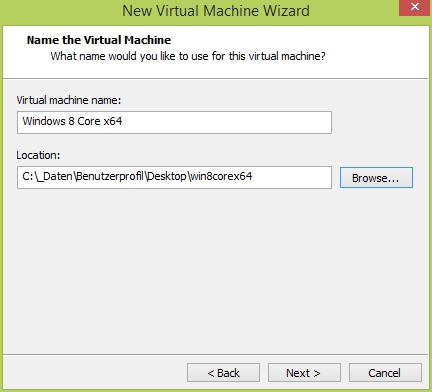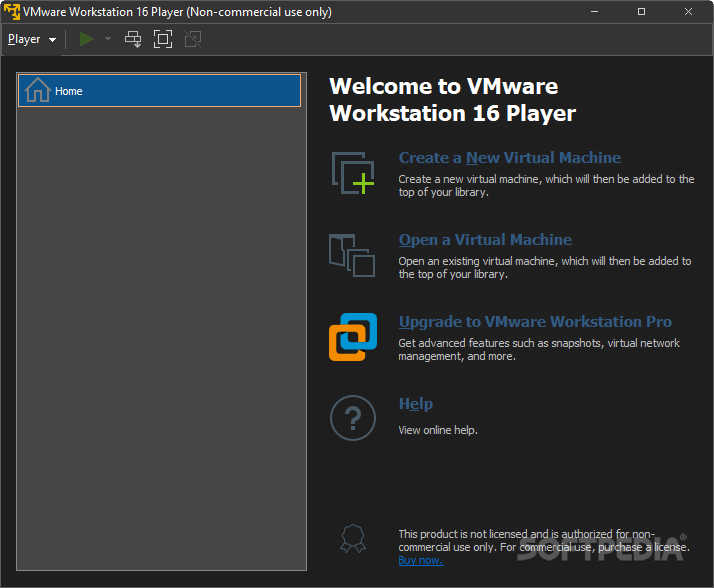


In this process, the first virtual machine or image is left untouched in its native format, and any modifications are saved in a much smaller formatted file linked to the initial image. Open Microsoft virtual machines, Symantec Backup Exec System Recovery (formerly called Live State Recovery) images, Norton Ghost 10 images, Norton Save & Restore images, StorageCraft ShadowProtect images, and Acronis True Image images.Use 3rd-party virtual machines and images: Users can run virtual machines with multiple CPUs to experience improved performance when working with multi-threaded, resource-intensive software.Use 32- and 64-bit Windows, Linux, NetWare, or Solaris x86 operating systems side-by-side, without rebooting or partitioning your hard drive. Import third-party images, including Symantec Backup Exec System Recovery (formerly called Live State Recovery) images, Norton Ghost 10 images, Norton Save & Restore images, StorageCraft ShadowProtect images, and Acronis True Image images to your compatible virtual machines. With it, you can use any virtual machine created by Workstation, Fusion, Server, or ESX, as well as Microsoft Virtual Server virtual machines and Microsoft Virtual PC virtual machines. Remember Virtual Machine means it's Virtual so it's not really installed on your computer so your not using the true software or Operating System itself, your merely testing it.VMware Player is an easy-to-use application that will offer users the possibility to run any virtual machine on their computer-used by MajorGeeks to test software safely. I don't recommend it as a replacement for other software or Operating Systems. The only other true downside to VMWare Player is it can cause your internet connection to become unstable.I recommend only installig VMWare Player for testing new things out. This is especially useful for testing software or operating systems before committing to using them.The only downsides to VMWare Player is the fact there are as many different virtual machines as you would like. You can log in, and do everything like you would if you had Ubuntu itself installed on your computer. For instance you can use Ubuntu inside VMWare player. It allows you to install different virtual machines onto you computer without installing the software itself. If your someone who likes to try things before committing to installing them than VMWare p layer is for you.

Allows You To Use Other Operating Systems In Windows.


 0 kommentar(er)
0 kommentar(er)
